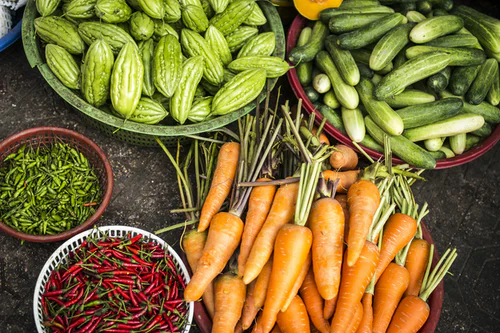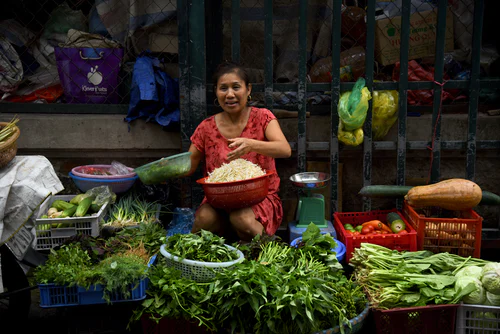Growing populations, improved communications and infrastructure, and urbanization are generating opportunities within the Indian agriculture sector. Statistics and survey reports claim that only 2% of Inda's agriculture system is organized. The current agriculture supply value chain in India is insufficient to meet the demands of the complex Indian agricultural market. As a result, the Indian agriculture sector is undergoing a transition imbibing smart farming practices and marketing models. The introduction of agricultural market linkages have been reshaping the Indian agriculture market and boosting the phase of commercialisation of the agricultural sector tremendously.
Relevance of Market Linkage Model in Indian Agriculture
Although India is primarily an agrarian economy, the agricultural supply chain in India is full of challenges, including the inherent problems of the agriculture sector. Farmers face numerous issues related to marketing which include:
- poor organisational management of supply chain
- domination of middlemen
- use of poor logistics and storage infrastructure
- lack of supply or market data
- absence of scale economies
- low-value addition and
- fragmentation of supply chains
- poor demand-supply predictions

Also, most small and marginal farmers have limited access to markets across the country, and the share of farmer’s income in the selling price is meagre. 99%of the distribution is through unorganised players, and 40-50% of the value is lost in transit among the intermediaries, which account for a 40,000 crore loss for the farmers. Thus, linking farmers to the market is a long term strategy that can enhance income and ensure the well being of farmers.
How is the market linkage model changing Indian agriculture?

Market linkage models mainly facilitate trade relationships between producers and buyers and help in:
- promoting mechanism to do market analysis
- strengthening local business development and
- supporting aggregation models to scale the economy.
India’s current agricultural market linkage model focuses more specifically on improving productivity through sustainable farming practices and technology embedded farming.
Agricultural market linkages in India are decentralising the agri-food systems, offering better resilience and connecting farmers to markets to ensure maximum benefits. This also removes information asymmetry between buyers and sellers and promotes real-time price discovery based on actual demand and supply.
The Indian government also has initiated several reform measures related to agriculture marketing which are likely to have a far-reaching positive impact on farmers’ income. The launching of electronic National Agriculture Markets (eNAM) is one such measure that would connect various Agri markets across the country by creating a unified market through an online trading platform. The country has also been witnessing the emergence of market linkage startups across the country that which have been simultaneously freeing the farmers from the clutches of multiple intermediaries.
Better Prospects through Market Linkages

Overcoming the commercialisation barrier requires an upgrading process that includes investment in local infrastructure, strengthening of marketing services, and improving farmer skills. As the commercial prospects for more than half of the farmers remain challenging, the introduction of the market linkage model in the agriculture sector has been a boon to the farmers across the country. Thus, with improved market access and facilities, urbanisation of the Indian agricultural domain is prospective.
Connect with Half Land, a one-stop technology-enabled solution for Indian farmers and consumers to sell and buy the best agro products.
